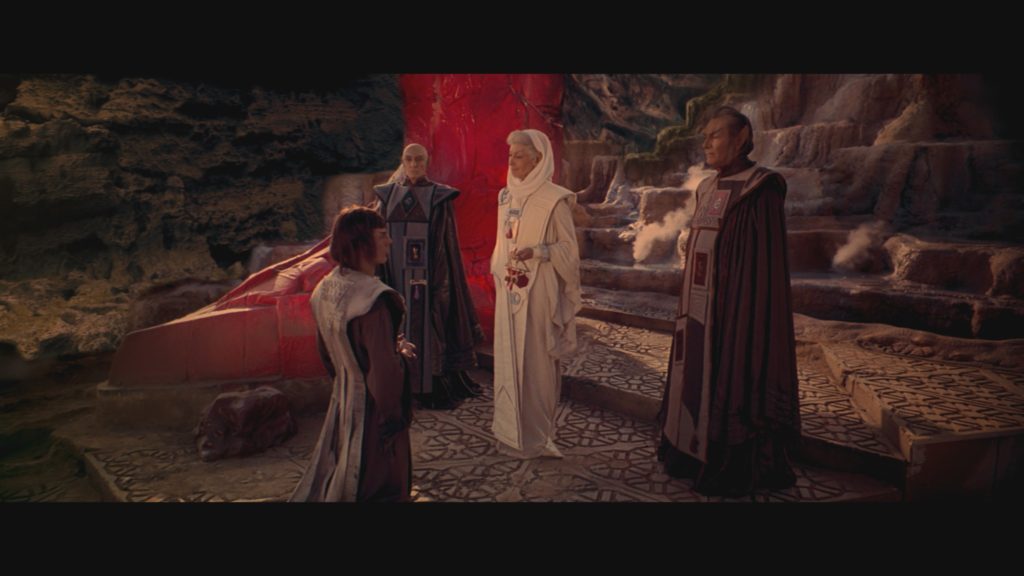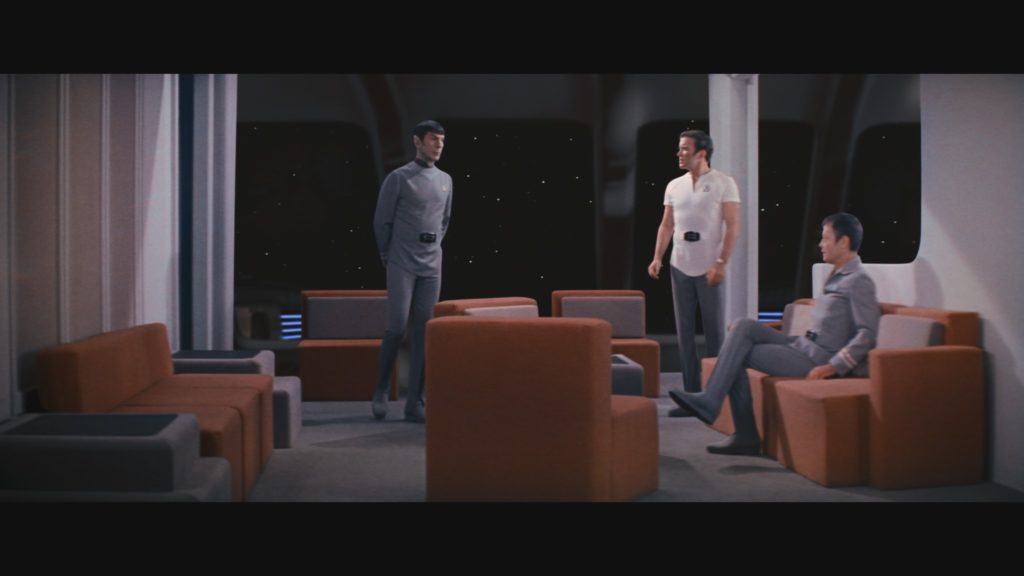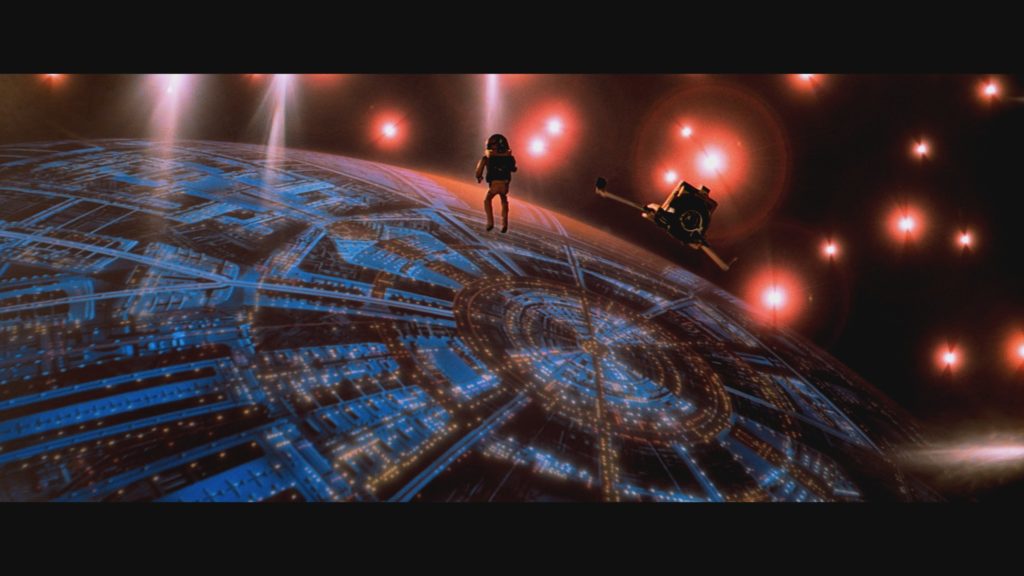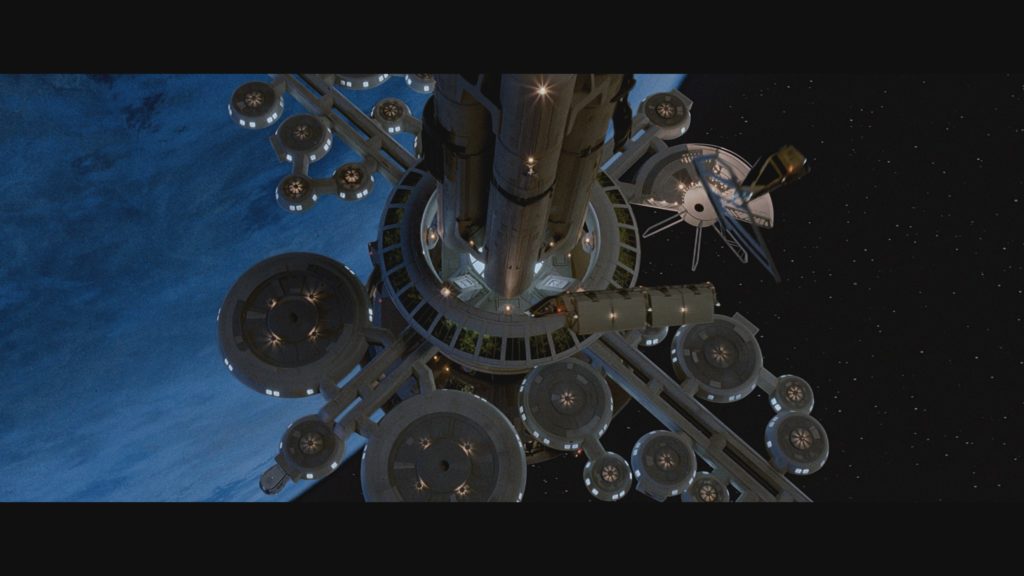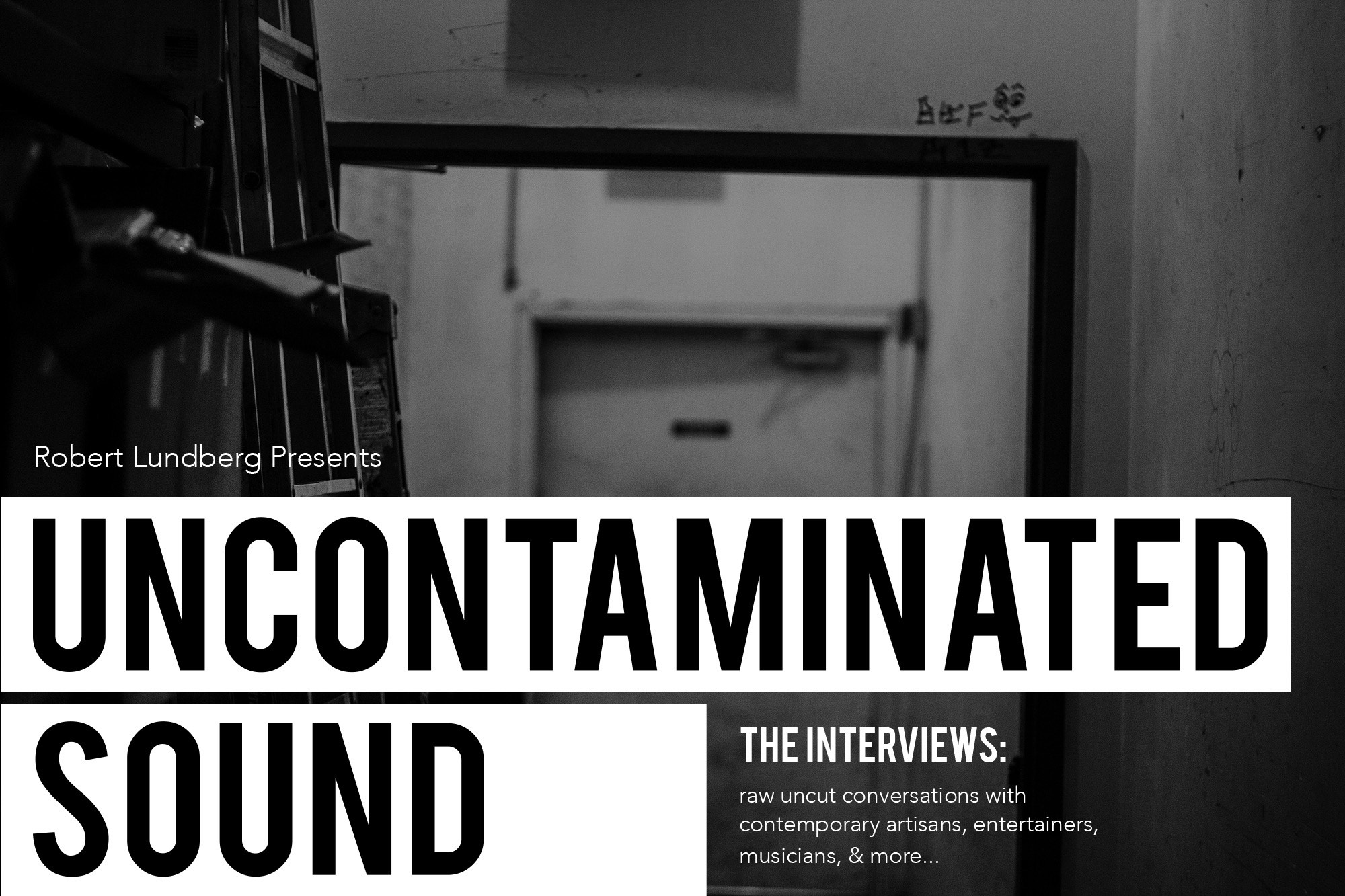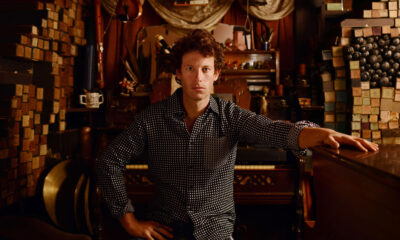Film
Producer David C. Fein Discusses the Fully Restored Director’s Edition of ‘Star Trek: The Motion Picture’
Social: Producer David C. Fein speaks about the fully restored Director’s Edition of ‘Star Trek: The Motion Picture,’ out now via Paramount Home Entertainment.
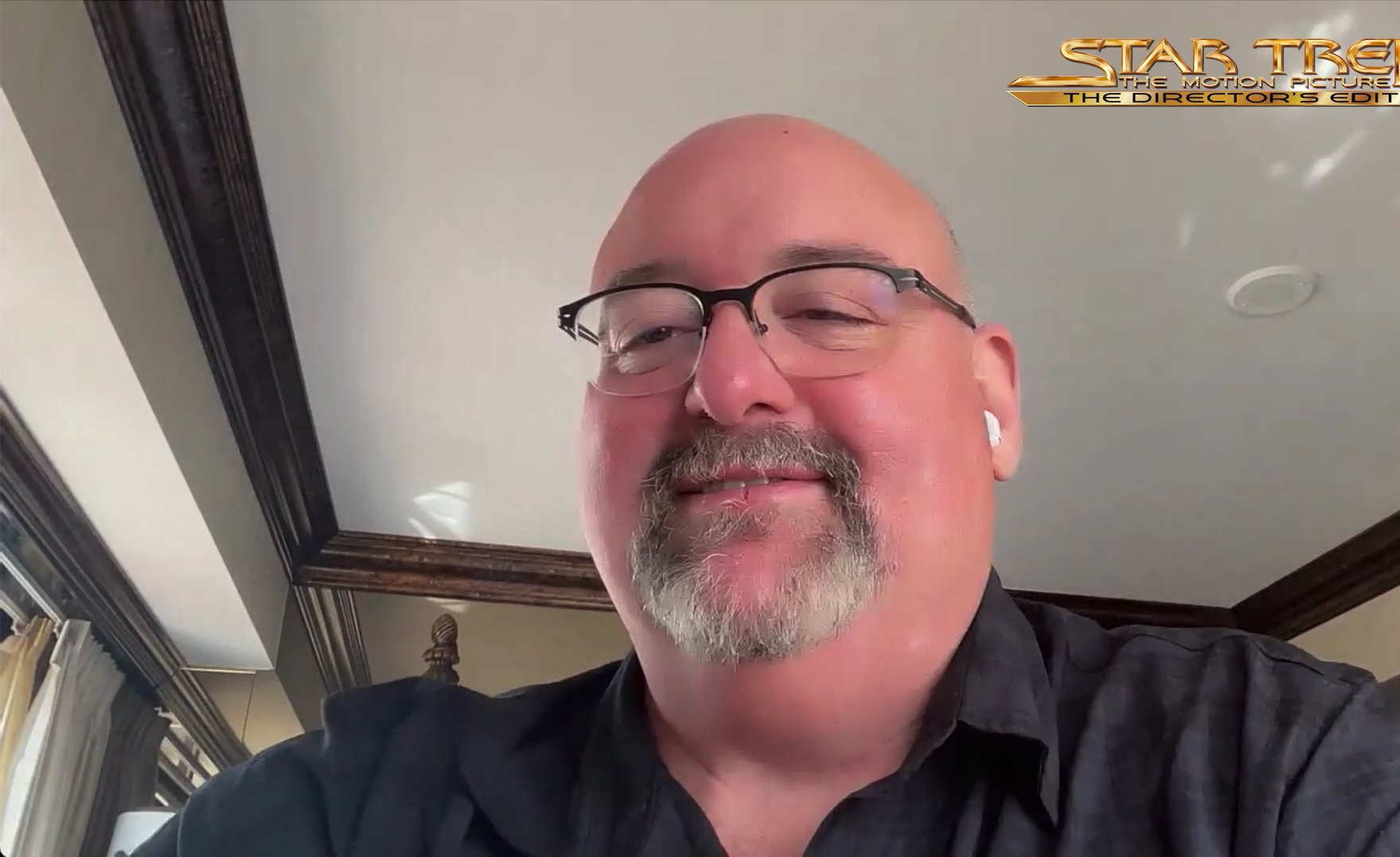
Released on September 6th, the Definitive Director’s Edition of Star Trek: The Motion Picture is finally available in a wide release. Overseen by director Robert Wise and featuring a boatload of extensive new bonus content, this 4K Ultra HD version of the first Star Trek movie is a thing of beauty.
There are two formats available: The newly restored Star Trek: The Motion Picture—The Director’s Edition on 4K Ultra HD Blu-ray with a bonus Blu-ray disc filled with new and legacy special features from Paramount Home Entertainment. The film is also released in a Limited-Edition Collector’s Set entitled The Complete Adventure, which includes the new Director’s Edition, the theatrical cut, and a special longer cut, all on 4K Ultra HD along with special features on Blu-ray. The Complete Adventure also includes an assortment of facsimile ephemera, sure to please any Trek fan; the laptop decals and replica die-cut decals are fantastic.
For the die-hard fans, Star Trek: The Original Motion Picture Collection was also released last week. It includes all six big-screen adventures featuring the original series crew on 4K Ultra HD.
Initially released in 1979, Star Trek: The Motion Picture became the fourth highest-grossing movie of the year and earned three Academy Award® nominations for Best Visual Effects, Best Art Direction, and Best Music, Original Score. The film successfully launched the Star Trek franchise beyond the original television series, despite being rushed to theatres with incomplete special effects and forced editing choices.
In 2001, director Robert Wise revisited the film to refine the edit and enhance the visual effects. His updated vision was released on DVD in standard definition and embraced by fans but has never been available in higher definition until now. Meticulously assembled and restored by producer David C. Fein with post-production supervisor Mike Matessino (both of whom originally collaborated with Wise), the film has been prepared for presentation in 4K Ultra HD with Dolby Vision™ high dynamic range (HDR) and a new powerful and immersive Dolby Atmos® soundtrack.
Fein and Matessino assembled a team of visual effects experts led by returning visual effects supervisor Daren R. Dochterman and utilized the extensive resources in the Paramount Archives to recreate the effects not just in HD but in Ultra HD. After more than six months of painstaking work, the updated movie looks and sounds better than ever while staying true to Wise’s original intention.
We thank David Fein for taking a piece of his afternoon last week to field a few questions for V13 via Zoom. The audio (via SoundCloud) and video (via YouTube) are available here if you’d prefer to hear Fein’s answers in real time.
Why don’t we start by maybe getting you to summarize the reasons behind the 1979 version being rushed into theatres as it was so described?
David C. Fein: “Robert Wise was a director who always said that he needed to have the script perfect before starting a film, and even at the time when they were doing Star Trek motion picture, and there was a mad rush to get the film finished first with a script; it wasn’t locked before they started the film. And Bob said, ‘Ok, well, we know we have a deadline because the studio had booked it into many theaters for December 7th, 1979.’
While they were shooting the film, they kept getting different revisions to the script, and he just worked his way through it as much as he could, as he was this brilliant filmmaker, able to keep the ball rolling as they went along. At the time, they had hired an effects company that had absolutely brilliant ideas. I mean, the world was living with Star Wars at the moment; they used beautiful effects by John Dykstra and company. They went with another company (of course, because the others were doing other films) with brilliant ideas. The thing is, because Star Wars had raised the bar so high, these new companies came in with their own brilliant ideas, but it seemed that it was based on the conversation with Doug Trumbull and Richard Yuricich I had years ago.
It seemed that those effects concepts, while brilliant, weren’t really able to be implemented in the time schedule that they had, and that became a real problem. So what happened was that the effects in a very urgent situation had to switch to someone else to finish the effects. Or even to do the effects essentially. And that work became split between Doug Trumbull and John Dykstra, John, of course, who would come off of Star Wars and Doug from 2001: A Space Odyssey.
- A still from ‘Star Trek: The Motion Picture’ – The Director’s Edition (2022)
- A still from ‘Star Trek: The Motion Picture’ – The Director’s Edition (2022)
So they went back to the studio and said, ‘Hey, we need a little more time,’ but they had already pre-sold the film, so it had to go into theaters on the date. So what ended up happening was these guys started working around the clock to finish the effects, and Bob had to continue editing the film to get it down to a place where it was releasable. And there was a limitation also because of the theatres and running times that it had to be under 130 minutes. So not knowing what the effects were going to be yet as they were coming in; even how they looked in the end, he cut the film down to a basic structure and dropped as many of the scenes as he could just to make sure that there would be room for the visual effects. Then he went to Jerry Goldsmith and asked Jerry to write a symphony.
Because he wasn’t entirely sure what effects would work or not, so the music had to carry some of the scenes as well. So using so many years of talent, just being able to tell so many great stories in his history, Bob created the shell for effects to be placed in, so as effects came in, they placed them into the film. It was literally up to the last day of assembly that effects kept coming in. Even after they finished and they had to lock the film to bring it to the premiere in Washington D.C., effects were continuing to come in at the time.
But also, when you have so many different things that our last minute, there was no time to colour-grade the film. So they spent four days doing the basic flat colour grade across the film in order to make sure that anything that came in would fit into that tightened position, as well as the sound mix; whatever you had had to only be, it couldn’t correlate to certain things on screen, and when they did do it, they only had a short time to complete it. So what you had was something that actually was very successful as a first assembly of a film of just pieces placed together to tell a narrative.
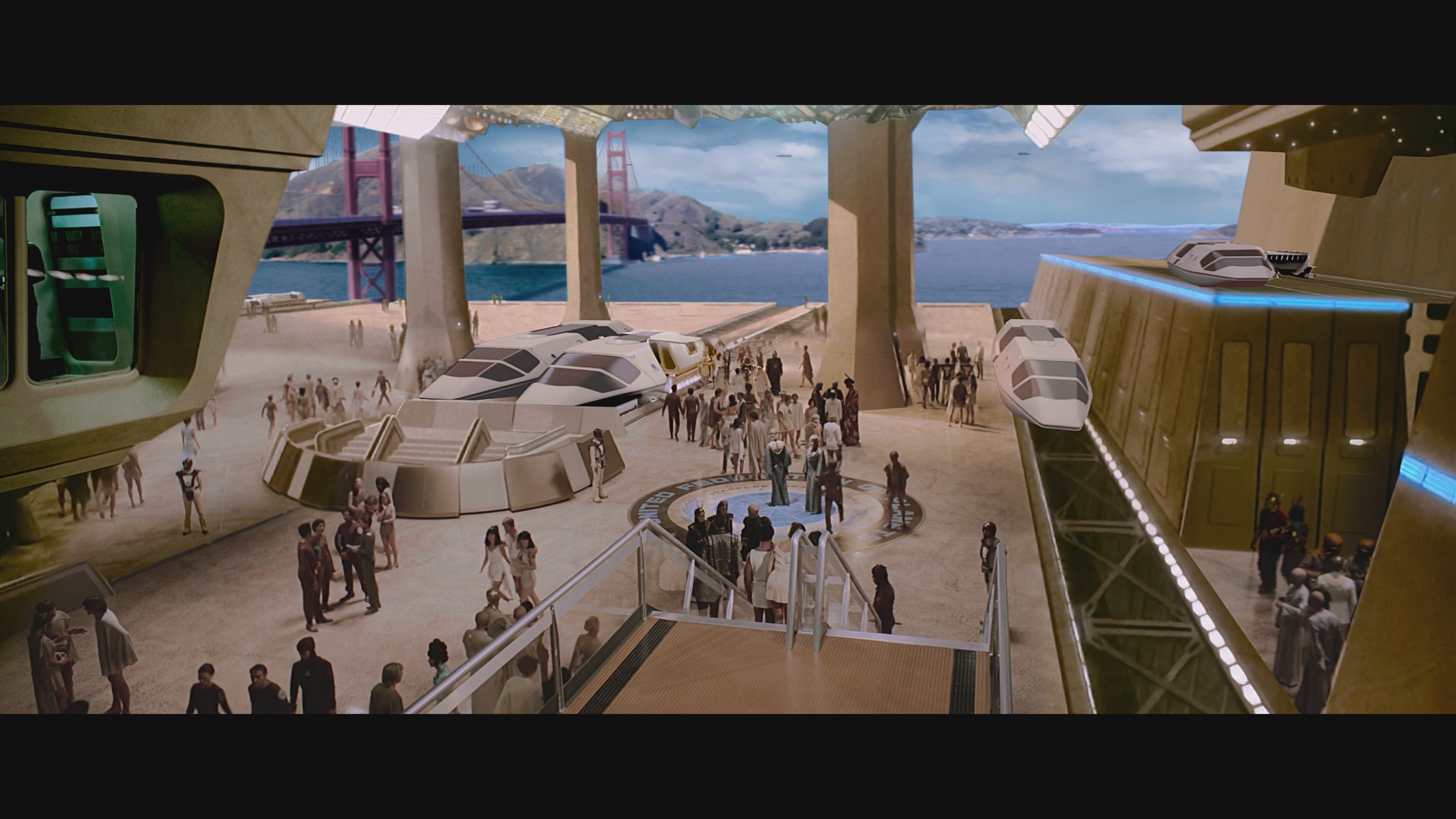
A still from ‘Star Trek: The Motion Picture’ – The Director’s Edition (2022)
The problem is, character moments, even the purpose of the film, and the story of the film, which is in the Spock crying scene, were left out. These were intended to be put back in once they knew what was going to be the full narrative. And what you ended up with was something that looked great but didn’t quite tell the story. Even some of the characters weren’t entirely in character because there was no real time to fine-tune. And as Bob always has with previous screenings, to see what the film was going to be and know how to fine-tune it.
A perfect example is Kirk has a line a line when there’s the Transporter accident that happens where he goes, ‘Oh my God, these people have died.’ That was a bad laugh; it would have been cut in a second had there been one screening. But instead, there was 20 years of bad screenings that had to have explanations of where all the problems were. So that is what happened at that time.”
The movie did well, regardless. Is it a hard thing to know that on the back end? All the people that were behind the scenes, knowing that this thing came together at the last minute, is it hard to watch a picture knowing what it should have been compared to what went out?
“If it wasn’t hard, I wouldn’t be here (laughs). So you had to know that there was something better. And I have to tell you that certainly, the technology today has enabled so many subtle fixes that were brought in. There were even puzzles that I was talking to Bob about for back when we did the project originally (20 years ago), where we didn’t quite have solutions to problems. And now, with technology, we’re able to add so much subtlety, even in the colour – add subtlety that helped unconsciously tell story points that really came through now.
Honestly, I didn’t know until we had the first screenings how really successful those moments were; as I’ve mentioned before, there’s two moments that have always been just on screen as they were presented, where this is what you’re seeing, that I consider actually now to be kind of dream sequences. What you’re seeing now because there’s a subtlety to seeing and hearing that subtlety is giving you the suggestion of what you need to know. But what you’re seeing isn’t quite what’s happening on screen. It’s interesting, but that’s great storytelling; it’s all about ‘How can we get the point across and make sure people just disappear into the film and love it.’”
- A still from ‘Star Trek: The Motion Picture’ – The Director’s Edition (2022)
- A still from ‘Star Trek: The Motion Picture’ – The Director’s Edition (2022)
The first thing I noticed from this 4K Director’s Edition was the colour; it just pops. It’s such a beautiful encapsulation of the film; it’s nothing like anybody’s seen before.
“It draws you in, and thank God for HDR because Bob absolutely was always insistent; use every tool available that’s around to tell the film. Especially this; it isn’t a period piece; it’s about the future. It should look fantastic and beautiful, and he was always encouraging every tool that’s out there; use it to its greatest ability. Specifically, Dolby Atmos; just how powerful and encompassing it is; it just carries you into the film and helps with those highs and lows, that helps balance the pacing of the film, which was always a problem as well.”
So what needed to happen behind the scenes for this 4K realization to happen? This Edition must have been in the throes for years, right?
“I’ll tell you; first, it was 20 years ago after finally getting Bob to talk about Star Trek; it was always a sore point for him because it was the one that got away in his career. But Steven Spielberg had done the Close Encounters of the Third Kind: Special Edition; George Lucas did Star Wars. And the idea here was, maybe we can go back to the studio and ask them if we can re-open post-production and finish the film. So the idea was to do it on film, just to actually make a finished film, but that’s not what was happening at that time in studios. They were making their money with DVDs, which was very successful, and fans were used to that.
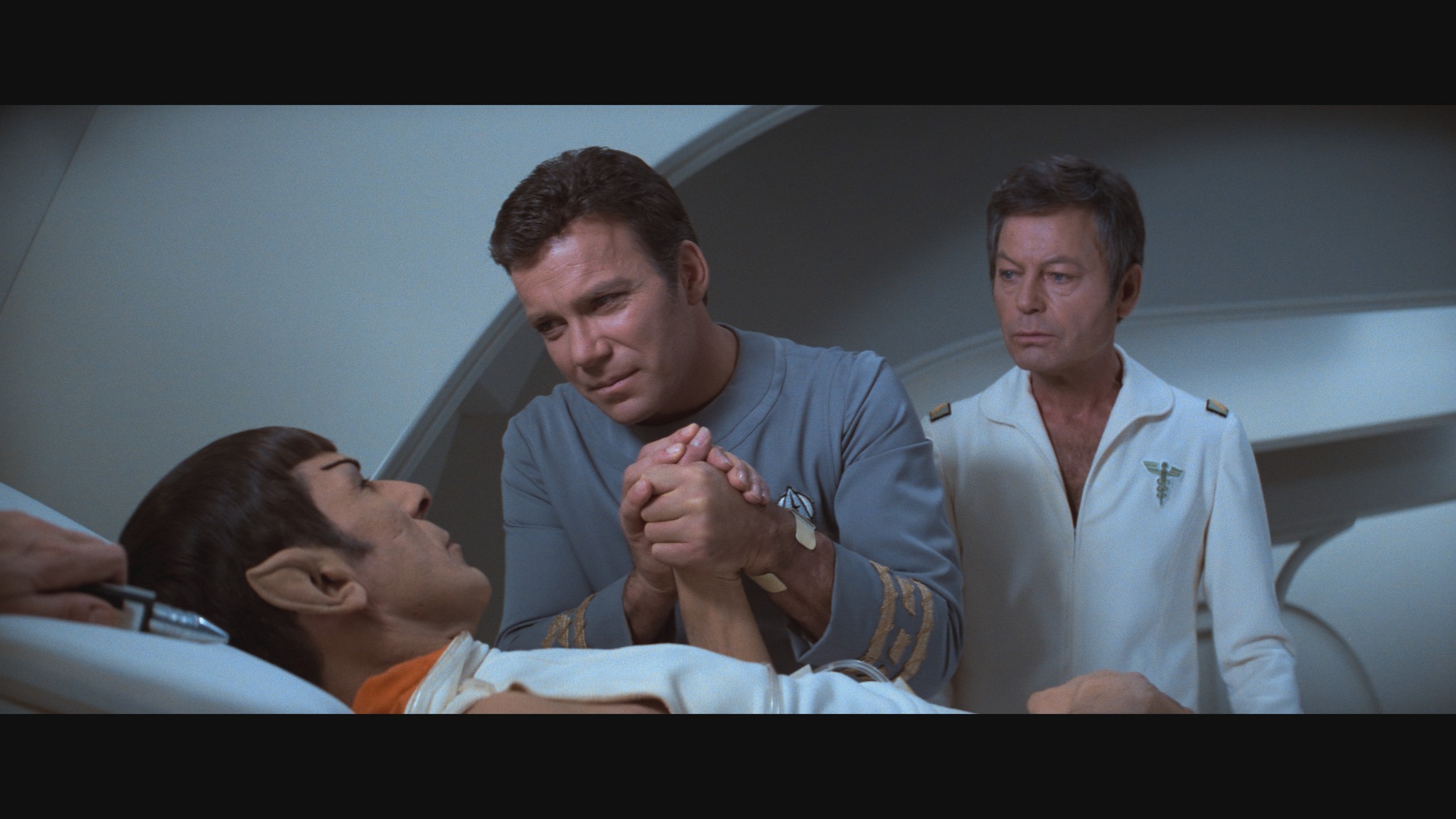
A still from ‘Star Trek: The Motion Picture’ – The Director’s Edition (2022)
So we were given the opportunity to go back and complete the film but in standard definition. And doing the film in 4K allowed us to go back to the original camera negative and do things like proper colour grading, with the full range that is within a film’s camera negative. And all of the elements we were able to recombine. So we did go to the studio, we got the green light, we did the DVD, we went back to the studio and said, ‘Here’s your finished product, and this is what it looks like, now let’s do the film.’ And there wasn’t really a need for it. The studio didn’t do revivals on film.
It took until we evolutionarily reached the point of 4K to be able to finally go back and say, ‘Hey, we need to go back and do this,’ because I wasn’t willing just to do it for high-def. If we were going to come back, this film needed to be the equivalent master that any other film had had in the studio. It needed not just to have its life in standard definition like we had the previous one; it had to be able to go to theatrical, and it had to be ‘in the future.’ What any other film has, this needed the same chance.
So now that we were doing a 4K, I went back to the studio and said, ‘Hey, let’s start talking again.’ And we did, and it honestly took about three years for us just to work out all the details. And in that time, the Paramount archives went wild and searched everywhere and found so many fantastic elements that we needed. Especially The God-send, which was the original ADR tapes of Bob directing the actors on the right presentation for their ADR, because many of the scenes had projectors in the background that were running. Some of that audio in the rush ended up in the film, not the way Bob originally wanted, even the verbal, vocal presentation (the meaning in their voices) to be presented. So it was a blessing, and the timing was just right.
And lastly on that is that, and I think this is just wonderful; the point of the film, which is how technology is cold without humanity. At the time when the film came out, the greatest technology we had was touch-tone phones. Now we have cell phones. It’s part of our life. I think it’s more relevant today than ever before.”
Here are the details on all of the new Star Trek: The Motion Picture offerings:
Star Trek: The Motion Picture—The Director’s Edition 4K Ultra HD:
The newly restored, definitive version of the first big-screen adventure is presented in 4K
Ultra HD with Dolby Vision™ and HDR-10, as well as Dolby Atmos®. Also includes access to a Digital copy of the film and the following new and legacy bonus content:
Ultra HD Disc bonus features
Audio Commentary with David C. Fein, Mike Matessino, and Daren R.
Dochterman—NEW!
Audio Commentary by Robert Wise, Douglas Trumbull, John Dykstra, Jerry Goldsmith, and Stephen Collins
Text Commentary by Michael and Denise Okuda
Blu-ray Disc™ bonus features
The Human Adventure—An all-new 8-part documentary detailing how the
Director’s Edition came to life—NEW!
Preparing the Future – How the remastering began
A Wise Choice – The storied history of Robert Wise
Refitting the Enterprise – How the Enterprise design shaped future
Federation starships
Sounding Off – Exploring new dimensions of sound in Dolby Atmos
V’ger – The conception and restoration of an iconic alien antagonist
Return to Tomorrow – Reaching an already high bar with new CGI effects
A Grand Theme – Behind the iconic, influential music score that shaped the franchise’s future
The Grand Vision – The legacy and evolving reputation of this classic movie
Deleted Scenes—NEW!
Effects Tests—NEW!
Costume Tests—NEW!
Computer Display Graphics—NEW!
Additional legacy bonus content
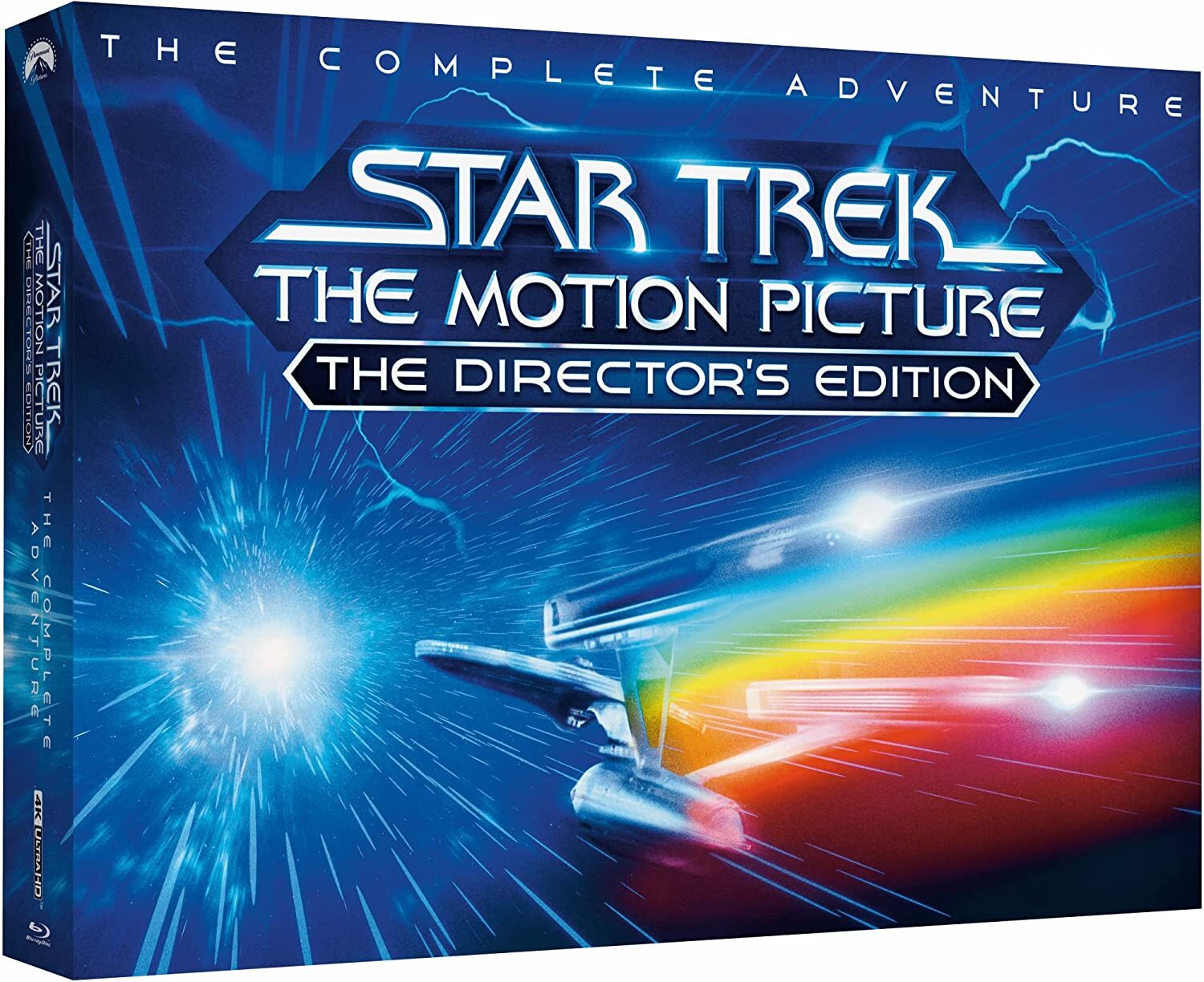
Star Trek: The Motion Picture Blu-ray cover
Star Trek: The Motion Picture—The Director’s Edition —The Complete Adventure 4K
Ultra HD:
This Limited-Edition Collector’s Set includes all of the above, plus an additional 4K Ultra
HD disc containing:
The Theatrical Cut
The first-ever widescreen presentation of the Special Longer Version of Star Trek: The Motion Picture originally created for broadcast television in 1983. The set is presented in deluxe packaging along with exclusive collectibles, including reproductions of original promotional material, a booklet with behind-the-scenes images, stickers, and more.
Star Trek: The Original Motion Picture Collection
This comprehensive 15-disc collection includes the first six big-screen adventures featuring the original series crew in 4K Ultra HD with Dolby Vision and HDR-10. (Star Trek: The Motion Picture—The Director’s Edition also includes Dolby Atmos). Both Star Trek V: The Final Frontier and Star Trek VI: The Undiscovered Country are making their 4K Ultra HD debuts. The set also includes access to digital copies of each of the six films, as well as hours of new and legacy bonus content.
Below is a breakdown of disc contents:
Star Trek: The Motion Picture – The Director’s Edition – Ultra HD & Blu-ray
Additional Blu-ray with bonus content
Star Trek: The Motion Picture (Theatrical Cut) – Ultra HD & Blu-ray
Star Trek II: The Wrath of Khan – Ultra HD & Blu-ray
Includes Director’s Cut
Star Trek III: The Search for Spock – Ultra HD & Blu-ray
Star Trek IV: The Voyage Home – Ultra HD & Blu-ray
Star Trek V: The Final Frontier – Ultra HD & Blu-ray
Star Trek VI: The Undiscovered Country – Ultra HD & Blu-ray
Includes Director’s Cut
All six feature films listed above will also be available individually on 4K Ultra HD or Blu-ray.
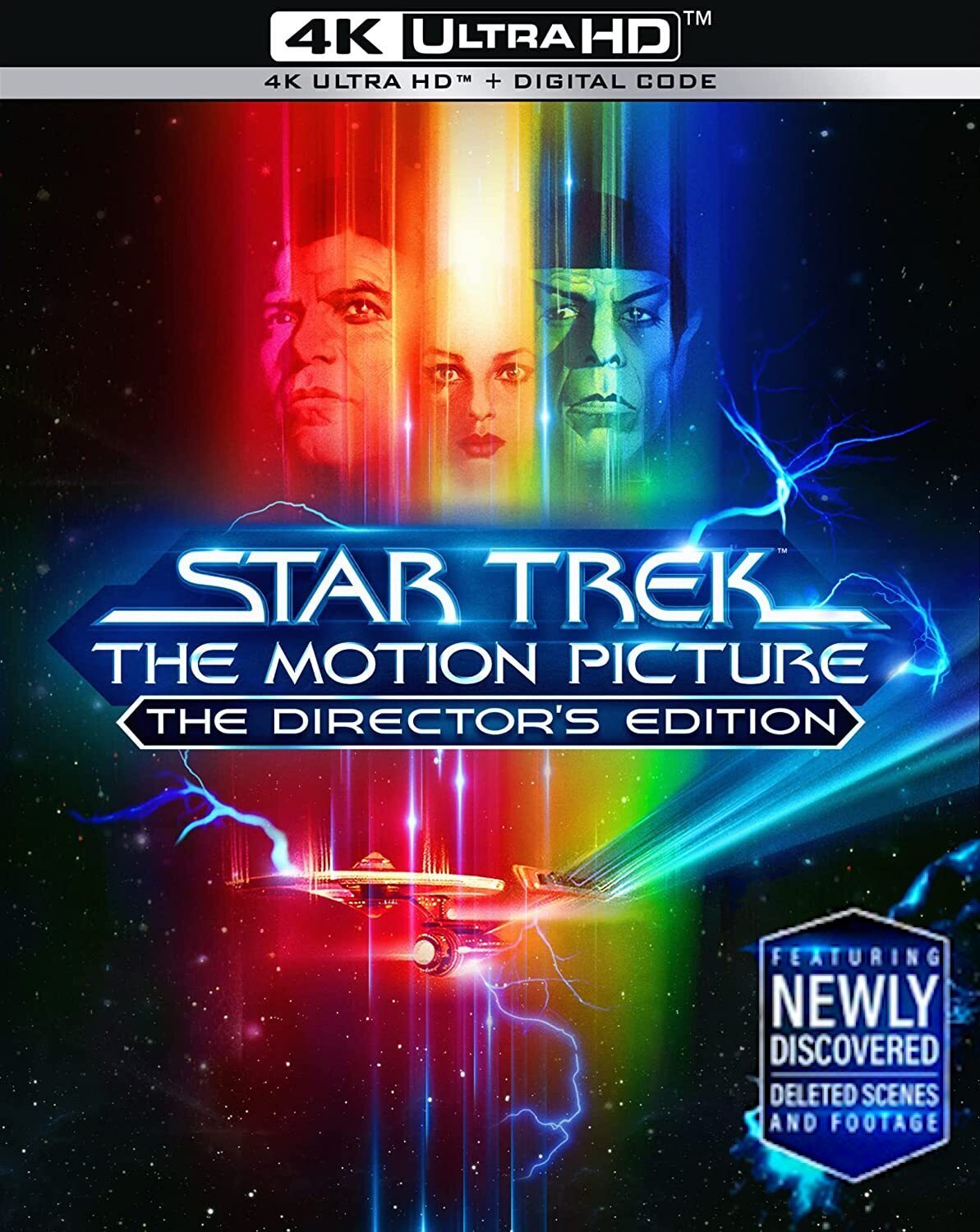
Star Trek: The Motion Picture 4k Ultra HD cover
-

 Music1 week ago
Music1 week agoTake That (w/ Olly Murs) Kick Off Four-Night Leeds Stint with Hit-Laden Spectacular [Photos]
-

 Alternative/Rock4 days ago
Alternative/Rock4 days agoThe V13 Fix #011 w/ Microwave, Full Of Hell, Cold Years and more
-

 Alternative/Rock2 weeks ago
Alternative/Rock2 weeks agoThe V13 Fix #010 w/ High on Fire, NOFX, My Dying Bride and more
-

 Features1 week ago
Features1 week agoTour Diary: Gen & The Degenerates Party Their Way Across America
-

 Culture2 weeks ago
Culture2 weeks agoDan Carter & George Miller Chat Foodinati Live, Heavy Metal Charities and Pre-Gig Meals
-

 Indie4 days ago
Indie4 days agoDeadset Premiere Music Video for Addiction-Inspired “Heavy Eyes” Single
-

 Music2 weeks ago
Music2 weeks agoReclusive Producer Stumbleine Premieres Beat-Driven New Single “Cinderhaze”
-

 Folk4 days ago
Folk4 days agoKatherine Perkins Strikes the Right Tone with Her “Hold On” Music Video Premiere

